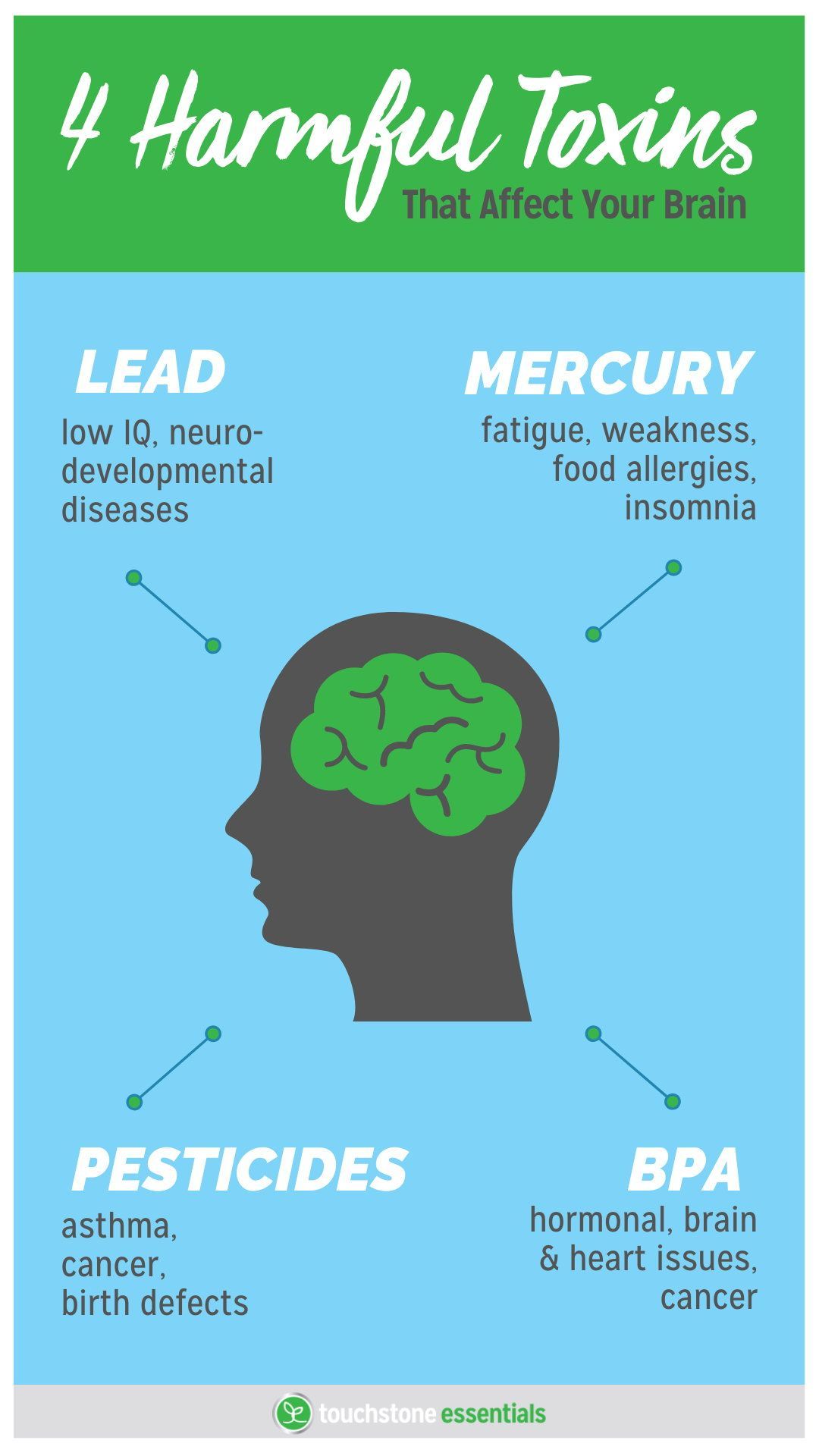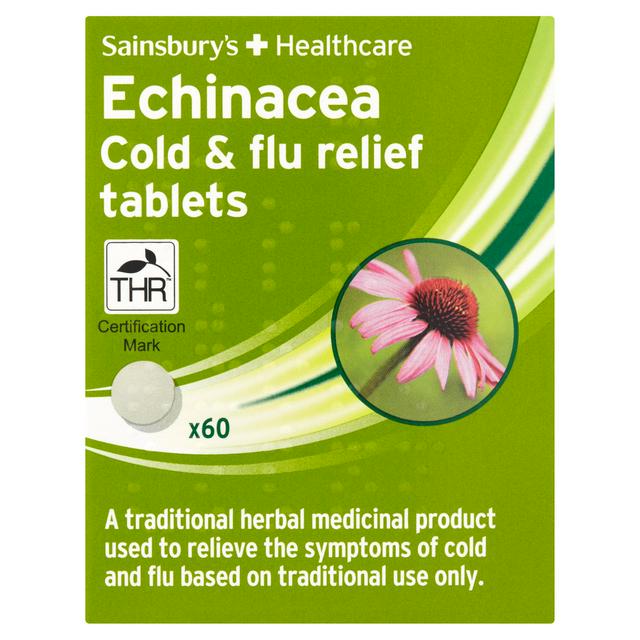
Caveman diets are a good option if you want to lose weight. This eating plan allows you to eat foods that were not available to humans before the dawn of time. It typically excludes cooked foods, and is lower in carbohydrates. Following a caveman's diet will help you burn extra body fat while maintaining a balanced amount of energy. If you're interested in learning more about the caveman diet, read on to learn more about the benefits.
The caveman diet includes meat, fish, and dairy products. These foods are considered healthy and part of a balanced diet by the MyPyramid (an updated version of the Food Guide Pyramid). Healthy adults should consume at least three cups of lowfat dairy products every day. Even though the caveman diet limits grains, it's important not to forget that whole grains are an important part of a healthy lifestyle. While this diet might sound good for an average person, pregnant women shouldn't eat it because of the potential for adverse effects on their baby's health.

Caveman diets may not be right for you. You should start slowly and adhere to the guidelines for open meals if this is your first time trying the caveman diet. This will help you stick to the plan and prevent binging. However, you should be ready to accept occasional temptations to cheat. Some people struggle to adhere to strict dietary guidelines for the first few weeks. If you are not sure about whether this method is right for you, try it out! It can help you lose weight.
Caveman diets may not encourage exercise but do recommend that people do some form of physical activity. While some cavemen do not recommend exercise at all, others recommend getting outside and hunting and gathering. It would have required a lot of physical activity to survive, considering that the Paleolithic period was spent hunting and gathering food. Grains are therefore not permitted in caveman diets.
Easy to follow, and less time-consuming, the caveman diet has many benefits. Caveman diets allow people to prepare large batches of soups and stews that can last several days. The caveman's diet is very similar with a ketogenic one, but there are important differences. Aside from the lower carbs, a caveman's dietary requirements are more restrictive than a ketogenic diet.

Cavemans are more active than other people. Caveman eating habits require more physical activity. However, they also consume less processed food. The caveman diet is more about the amount of fat and protein in the diet than about the type of meat. It also bans dairy and gluten from the diet, which were two of the most common Neolithic foods. While this diet is ideal for those with diabetes, it is not recommended by everyone. This type of diet is only for beginners.
FAQ
Is it possible to eat fruits while intermittent fasting?
Fruits are great for your health. They are rich sources of vitamins, minerals. Fiber, antioxidants, as well other nutrients. They also contain sugar, which can lead to blood glucose levels rising. This can cause insulin resistance and weight gain. When you are trying to lose weight on an IF diet, make sure you eat low glycemic fruit such as apples, pears or berries.
How to create an exercise program?
You must first create a routine. It is important to plan what you will do each morning and how much time you will be doing it. This will help you plan ahead and prevent procrastination.
Second, make sure that your workouts are varied. You don't want to become bored with exercise because then you won't stick with it.
It is important to track your progress. It's important that you keep track of the weight you have gained or lost over time.
It is easy to lose motivation after you have lost weight. If you gain excessive weight, it can be difficult to remain motivated.
So, try to find a balance between gaining weight and losing weight. You'll find it harder to exercise if you don't like where you are at the moment.
What foods help me lose more weight?
By eating less calories, you can lose weight quicker. There are two methods to accomplish this.
-
Reduce the number of calories you take in daily.
-
Increase the number of calories you burn through physical activity.
It's not difficult to cut down on the amount of calories you eat. After all, we're bombarded with calorie-laden fast food options everywhere we turn. Here are some foods that can help you lose those extra pounds.
-
Beans are high on fiber and protein. Beans are low in fat and therefore a great choice for those who are trying to cut down on their caloric intake.
-
Oatmeal has low calories, but high levels of nutrients such as magnesium and potassium. Oatmeal also contains less sugar that other cereals.
-
Eggs are full of cholesterol and protein. Eaten eggs one or two times a week can help boost metabolism and allow you to burn more calories.
-
Whole grain bread can reduce hunger pangs, so you might feel fuller for longer.
-
Dark chocolate is full of antioxidants. Flavonoids have been linked to lower blood sugar and improved heart health.
-
Cottage cheese is full of calcium, which helps build strong bones. It is also rich in vitamin D, which increases immunity.
-
Omega-3 fatty acids are abundant in salmon, which can promote brain development and improve cardiovascular function.
-
Green tea is chock-full of catechins, compounds that fight cancer and increase metabolism.
-
Broccoli has a lot of folic, which can lower homocysteine in the blood. Homocysteine concentrations that are too high have been linked with an increased risk for heart disease and stroke.
-
Yogurt, which is low in sugar, is a great option to add probiotics to your diet. Probiotics play an important role in digestive health.
-
Berries are a tasty snack that is also nutritious. All fruits, including blackberries, blueberries, raspberries, raspberries, cranberries and strawberries, are rich in vitamins and minerals.
-
Avocados are high in healthy fats. A half avocado has 80 calories but plenty of filling fiber.
-
Nuts are a tasty snack option that also happens to be a great source of protein. Nuts include cashews (almonds), hazelnuts (pecans), walnuts, walnuts, and pistachios.
-
Sweet potatoes, another starchy vegetable, are rich in beta-carotene which gives your skin a glow. The orange sweet potato variety has a higher level of beta-carotene than regular sweet potato varieties.
Are there any side effects of intermittent fasting?
Intermittent fasting is safe and has no side effects. But, it is possible to experience minor side effects if you plan poorly.
If you skip breakfast, your day might be interrupted by irritability. Also, you might experience dizziness, headaches, fatigue, muscle cramps, and dizziness.
These symptoms typically disappear in a matter of days.
How long does a weight loss process take?
Weight loss takes time. It takes about six months to lose 10% of your weight.
Remember that you should not expect to lose weight in a matter of hours. Your body will need time to adapt to new dietary changes.
This means that you should gradually change your diet over several days or weeks.
You should also stop trying fad diets. They don't work. Instead, focus on improving your daily routine.
If you are a regular shopper of unhealthy snacks, it is a good idea to stop.
Instead, eat healthier meals at night. This will help you avoid snacking at night.
Drinking water throughout the day is also important. Water helps to keep your body hydrated and prevents dehydration. Dehydration makes you feel tired and sluggish.
You will stay more energized and focus if you drink lots of water throughout your day.
It is important to reduce stress levels through activities that allow you to relax. Spending quality time with loved ones is one way to reduce stress levels.
Or you could read books, watch movies, listen to music, etc.
These activities can help you to unwind after stressful situations. In addition, they will improve your mood and boost your self-esteem.
When you are trying to lose weight, it is important to consider your health first.
Your overall health is directly related to your physical fitness. Proper nutrition and regular exercise are essential to staying fit.
What Amount Of Exercise Is Needed For Weight Loss?
There are many factors that influence the amount of exercise required to lose weight. These include your gender, age, body type and how heavy you are. Most people require at most 30 minutes of moderate physical activity five times per week.
The American College of Sports Medicine recommends 150 minute of moderate-intensity aerobic activities per week. These should be done over three days.
You can lose 10 pounds by doing 300 minutes of moderate-intensity exercises each week, for example. This includes activities such brisk walking and swimming laps, bicycling, dancing, playing tennis or golfing, hiking, running, jogging and other similar activities.
If you're just starting out, consider doing 20 minutes of vigorous activity thrice weekly. It could be sprinting, lifting weights, jumping rope or fast walking.
Aerobic exercise is a great way to burn calories and build muscle mass. Muscle burns more calories than fat does. Building muscle and losing weight could help you get there faster.
What is the best type of exercise for busy people to do?
You can stay fit by exercising at home. You don't need to join any gym. You can do simple exercises at home without spending much money on equipment.
You just need to have a pair of dumbbells, a mat, a chair, and a timer.
Your most important goal is to keep up your fitness routine. It is possible to lose your motivation if you miss a few days.
It is a great way to get started would be to lift weights three times per semaine. This could include squats, lunges, push-ups, pull-ups, dips, curls, etc.
Once you have mastered the basic movements, it is possible to move on to other types such as running and jumping rope, skipping or yoga, Pilates, dance, swimming, weight lifting, tennis, golf, playing basketball, soccer, volleyball, badminton or squash.
When choosing an exercise program, remember to choose the ones that suit your lifestyle. Exercises that take too much energy, for example, might not be a good fit for someone who works long hours.
If you are a night owl you should exercise during the evening instead of in the early morning.
Pay attention to your body. Don't be afraid to stop when you get tired.
Statistics
- According to Harvard Health, it's estimated that a 155-pound (70-kg) person burns around 167 calories per 30 minutes of walking at a moderate pace of 4 mph (6.4 km/h) (5). (healthline.com)
- One study in 9 active men found that HIIT burned 25–30% more calories per minute than other types of exercises, including weight training, cycling, and running on a treadmill (18Trusted Source (healthline.com)
- One 6-month study showed that simply doing 11 minutes of strength-based exercises 3 times per week resulted in a 7.4% increase in metabolic rate, on average. (healthline.com)
- Among women, the increase in metabolic rate was nearly 4%, or 50 more calories per day (14Trusted Source (healthline.com)
External Links
How To
How to Intermittent Fasting
Intermittent fasting, a type of dieting that allows you to only eat one time per week, generally Monday through Friday. This allows you to reduce your calorie intake and still get adequate nutrition. It's believed that this helps burn fat faster than if you were eating normal meals throughout the entire week.
The most common form is to limit calories for certain days. This means that you might skip breakfast every day and then indulge in whatever food you desire throughout the day. You can also opt to eat three small meals a day instead of two large.
Many forms of intermittent fasting are available, such as alternate day fasting (5/2 fasts), 8/4 fasts and 16/8 fasts. There are pros as well as cons to each form of intermittent fasting. Because you don't need to make major lifestyle changes, alternate day fasting can be the easiest way to get started. However, some people find it difficult to stick to a strict schedule like this, so they might prefer to try other methods first.
Alternate-day fasting is a good option if you are looking to begin an intermittent fasting program. This will allow for gradual transition to more extreme fasting without having to change your lifestyle.